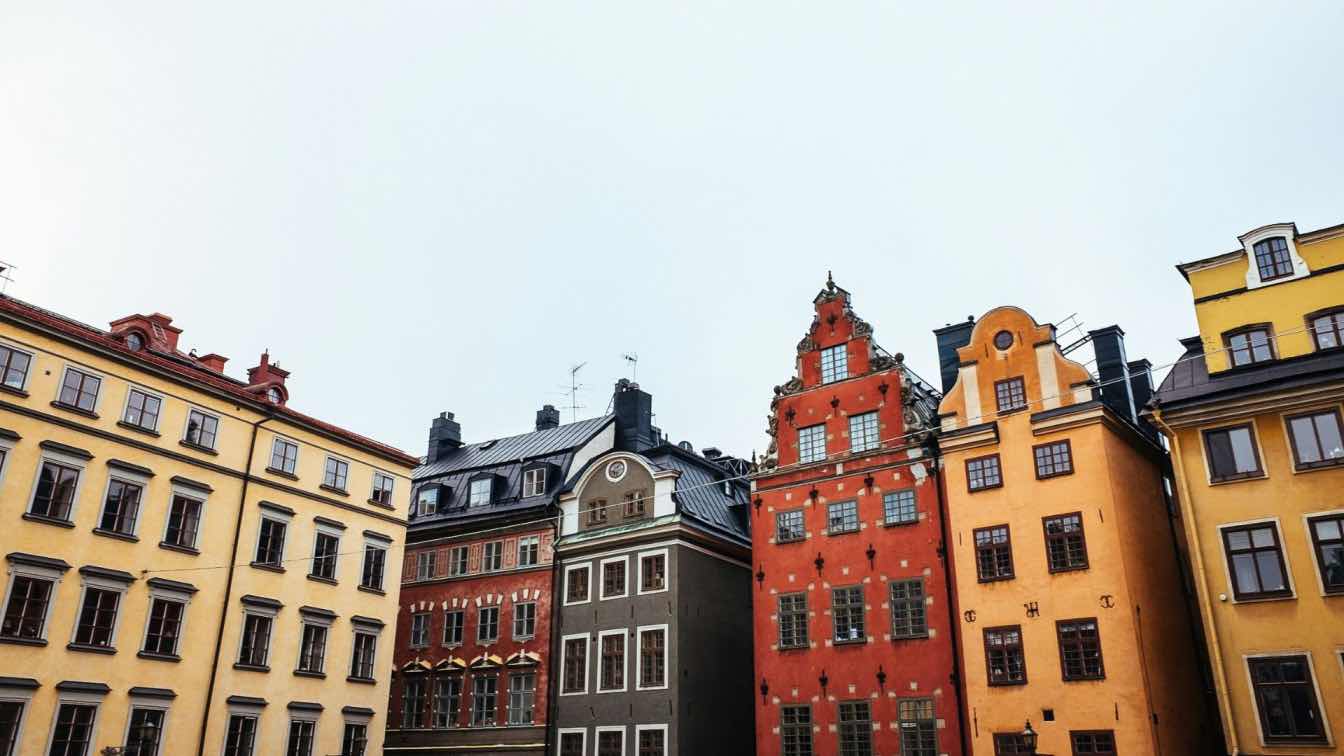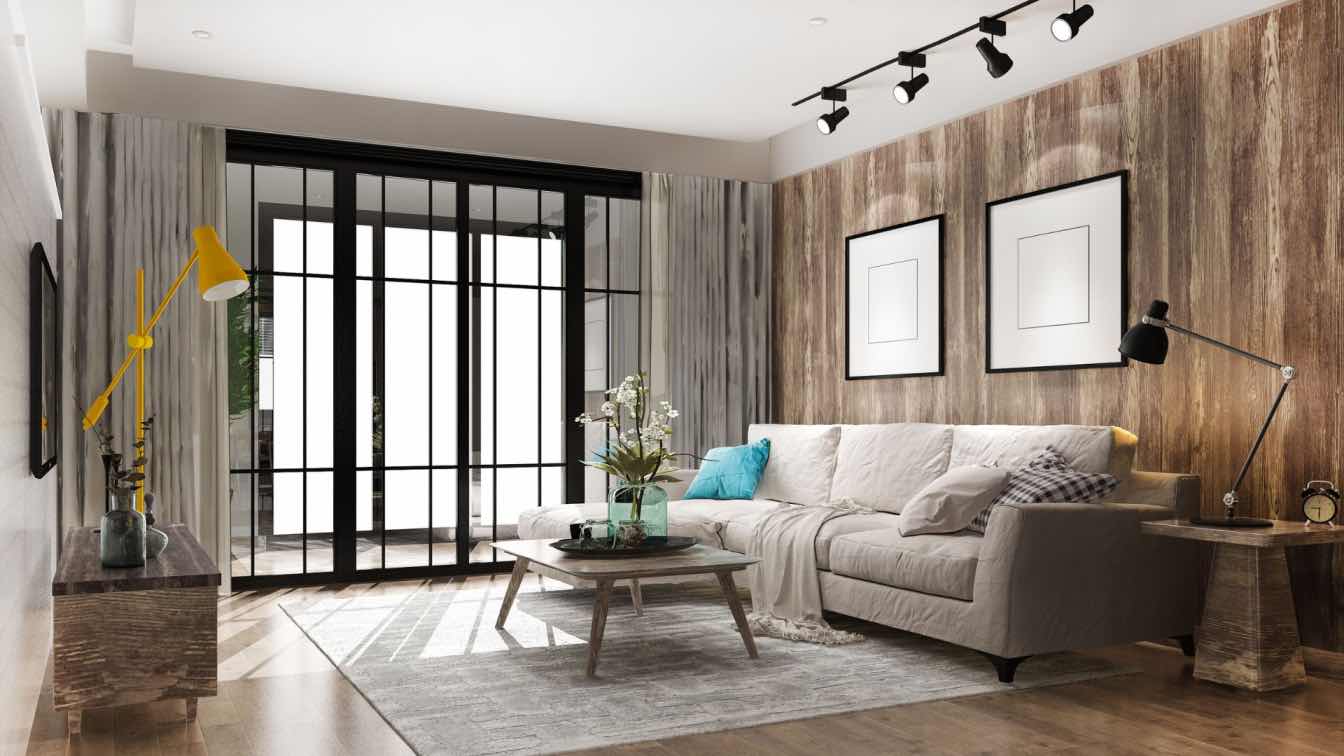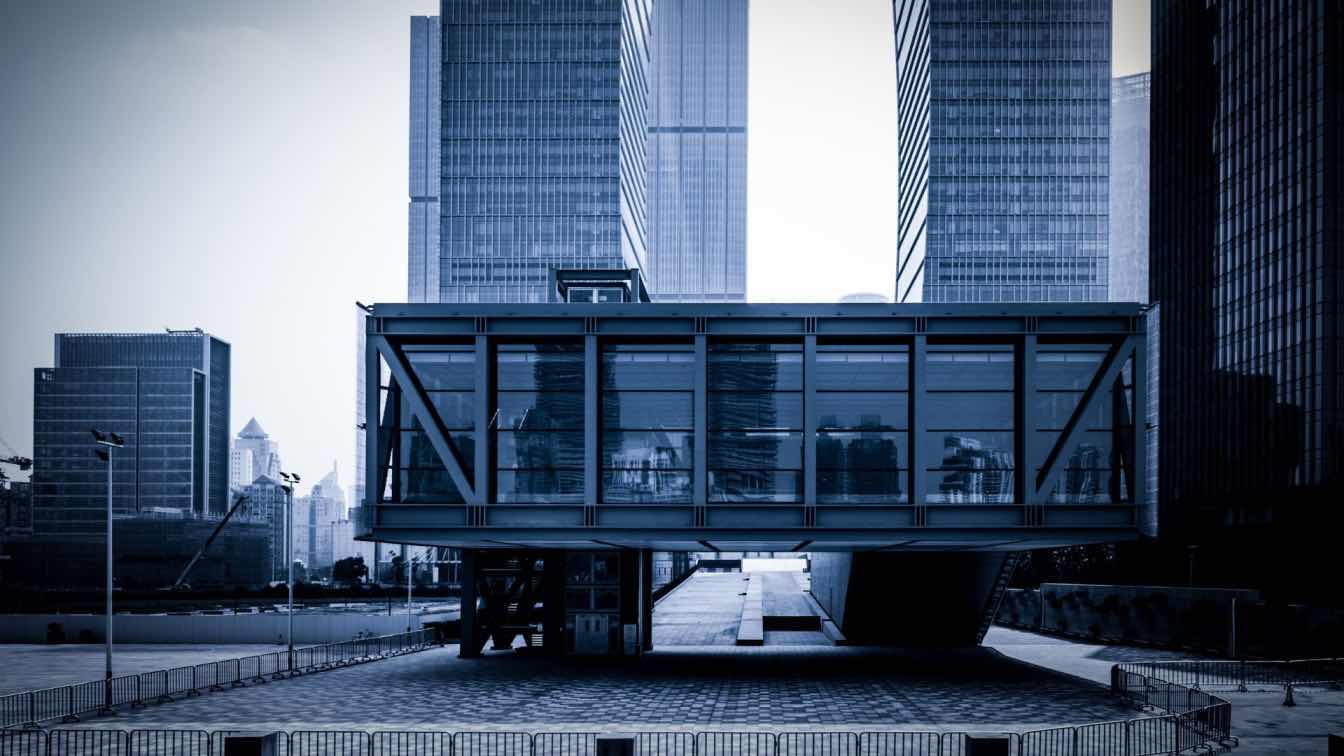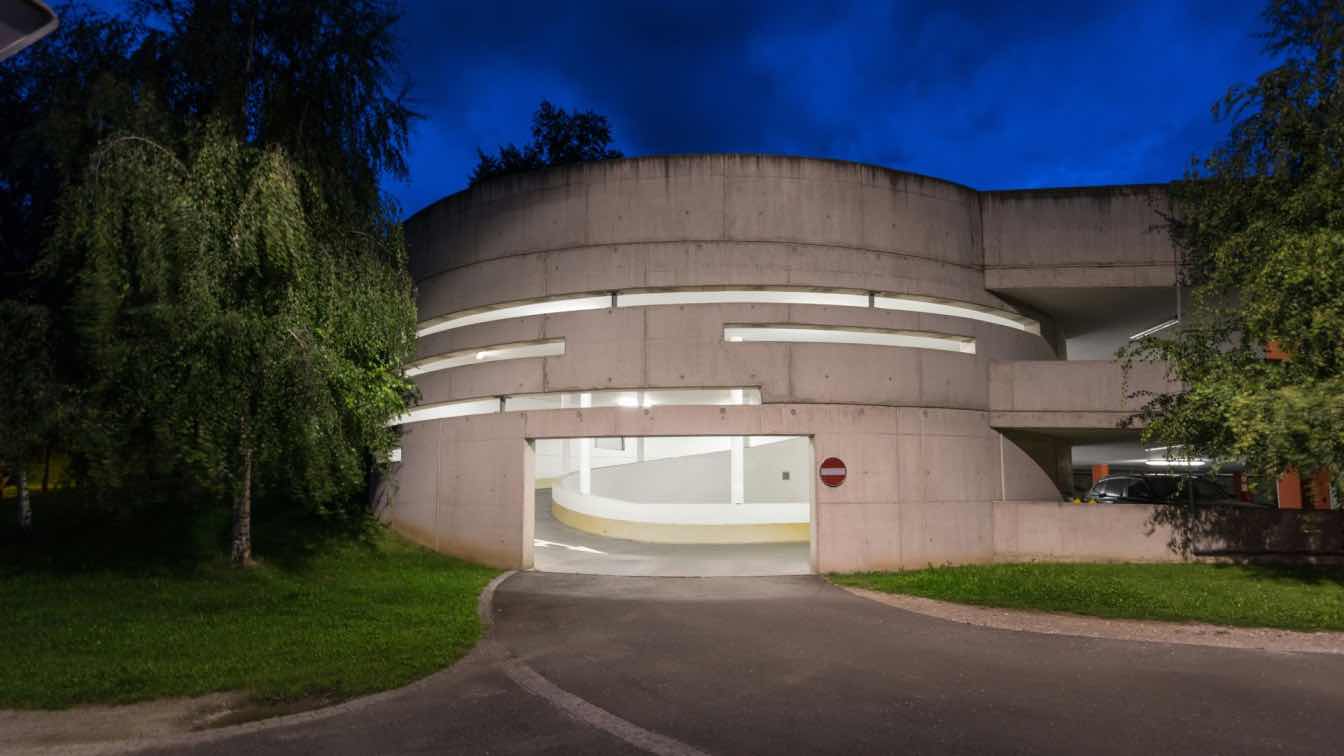Europe is a sprawling canvas of architectural marvels that beg to be explored with fresh eyes and a bit of insider knowledge. While the grandeur of famous landmarks like the Eiffel Tower or the Colosseum draws the masses, it's often the unsung structures and local haunts that offer the most authentic glimpse into Europe's architectural soul. Venturing beyond the postcard-perfect views requires a dash of daring and a taste for the unconventional. This guide isn't about following the usual tourist maps; it's about threading through the urban fabric like someone who's been a part of it for years—because the real magic lies in the everyday, waiting just around the corner.
Attend Local Arts and Architecture Events
For a deeper dive into the architectural heart of a city, keep an eye out for local arts and architecture events. These gatherings are gold mines for understanding the regional design and its evolution. Cities like Vienna and Barcelona host annual architecture weeks where you can join guided tours of iconic buildings normally closed to the public or catch exhibitions that reveal the future of urban design. It’s also a fantastic opportunity to chat with local architects and historians—people who can offer unique insights and stories about the city’s structures. This isn’t just about looking at buildings; it’s about connecting with the minds behind them.
Embrace Public Transport
To truly experience the architectural essence of European cities, hop on the local transport. Cities like Lisbon, with its vintage trams, or Copenhagen’s cycle-friendly lanes offer a close-up view of everyday architectural wonders not visible from the typical tourist trails. Public transport isn’t just practical; it’s a window to the city’s soul, allowing you to observe the flow of local life against a backdrop of historic buildings and modern designs. It’s also a chance to discover architectural gems that are not featured in guidebooks but are integral to the city’s character, like a beautifully designed metro station or a historically significant bridge.
Take the Sidestreets
When exploring Europe's architectural wonders, the real treasures are often hiding just off the beaten path. Ditch the main tourist routes and dive into the narrow sidestreets and alleys. In cities like Paris or Prague, it's these lesser-known locales where architecture pops with personal stories and historical whispers. For instance, you might stumble upon an Art Nouveau building adorned with intricate ironwork or a Baroque fountain that locals pass every day. These places resonate with the authentic vibe of the city, away from the selfie sticks and tour groups. Plus, local cafes and shops in these areas usually hold their own charm, offering a perfect pit stop to soak in the surroundings. For this activity, make sure to get the top-rated best eSIM for Europe. This digital SIM slices through the hassle of finding physical stores or swapping SIM cards. With features like instant activation and extensive coverage in multiple European countries, it lets you stay connected and have access to Google Maps without missing a beat. It’s so easy to get lost in the maze of small one-way streets, especially if you’re driving.
Book a Stay in a Historically Significant Hotel
Staying in historic lodgings will transform your vacation into an intensive architectural experience. Former castles, renovated monasteries, and even derelict industrial buildings transformed into boutique hotels can be found all throughout Europe. From Germany's Schlosshotel Kronberg, a castle built by Empress Victoria Friedrich, to The Gritti Palace in Venice, once a residence for noble families and Knights of Malta, these hotels blend luxurious comfort with rich historical narratives, allowing guests to live within the walls of history. You’ll experience a special fusion of comfort and history because every room, hallway, and stairway has been maintained or repaired to retain its historical integrity. This is more than just a place to sleep; it's a means of developing a personal connection with the city's architectural legacy.
Explore Residential Districts
For a different slice of architectural life, take a walk through the residential districts. These areas, often overlooked by mainstream travel guides, showcase the living, breathing part of city architecture where locals actually live, work, and play. Explore the residential districts of cities like Stockholm and Munich to see how old-world charm meets modern living, or delve into the communal courtyards of Spain and the eco-friendly designs of Scandinavian neighborhoods for a closer look at how architecture shapes everyday life. It’s a chance to observe the subtle ways in which architecture impacts community and lifestyle, from communal courtyards in Spain to the sustainable urban planning of a Scandinavian eco-neighborhood.
Dive into Architectural Photography Workshops
If you want to capture the true essence of European architecture, why not take a workshop led by a local photographer? These workshops often focus on the less obvious but visually stunning elements of urban design. They teach you not just to look, but to see—finding the extraordinary in the ordinary. Whether it’s the play of light on an old stone wall in the morning or the geometric patterns of a modern façade, these sessions can transform how you perceive and photograph architecture. Plus, it’s a cool way to meet fellow architecture enthusiasts and locals passionate about their city’s aesthetic.
Diving into Europe’s architectural landscape as a local does transforms a mere visit into a vibrant, lived experience. Participating in the city's continuous narrative is more important than merely observing it. Every unnoticed edifice and secret passageway contains a fragment of the story that contributes to the continent's complex and multifaceted identity. You may enhance your travel experience and develop a deeper connection with the places you visit by deviating from the usual tourist routes and embracing the distinctive rhythms and routines of local life. Ultimately, you will depart with more than just recollections; you will have a fresh understanding of the dynamic realm of European architecture as perceived by its inhabitants.






